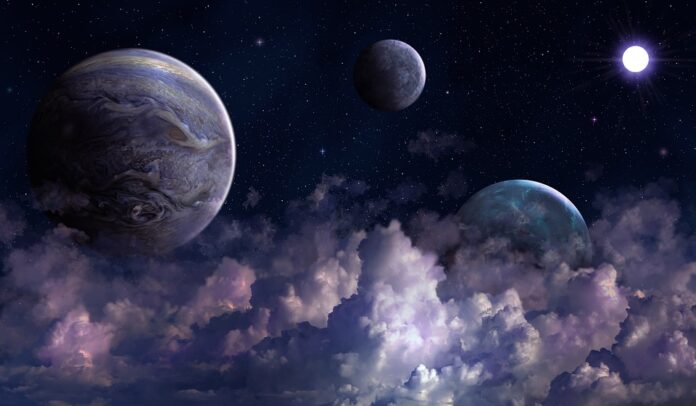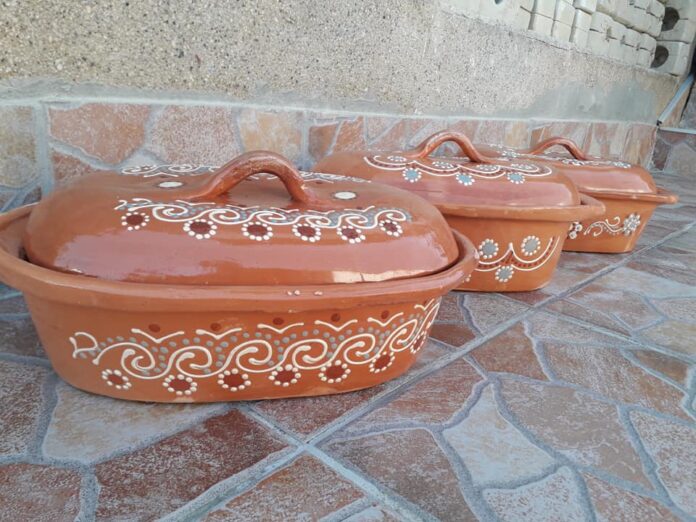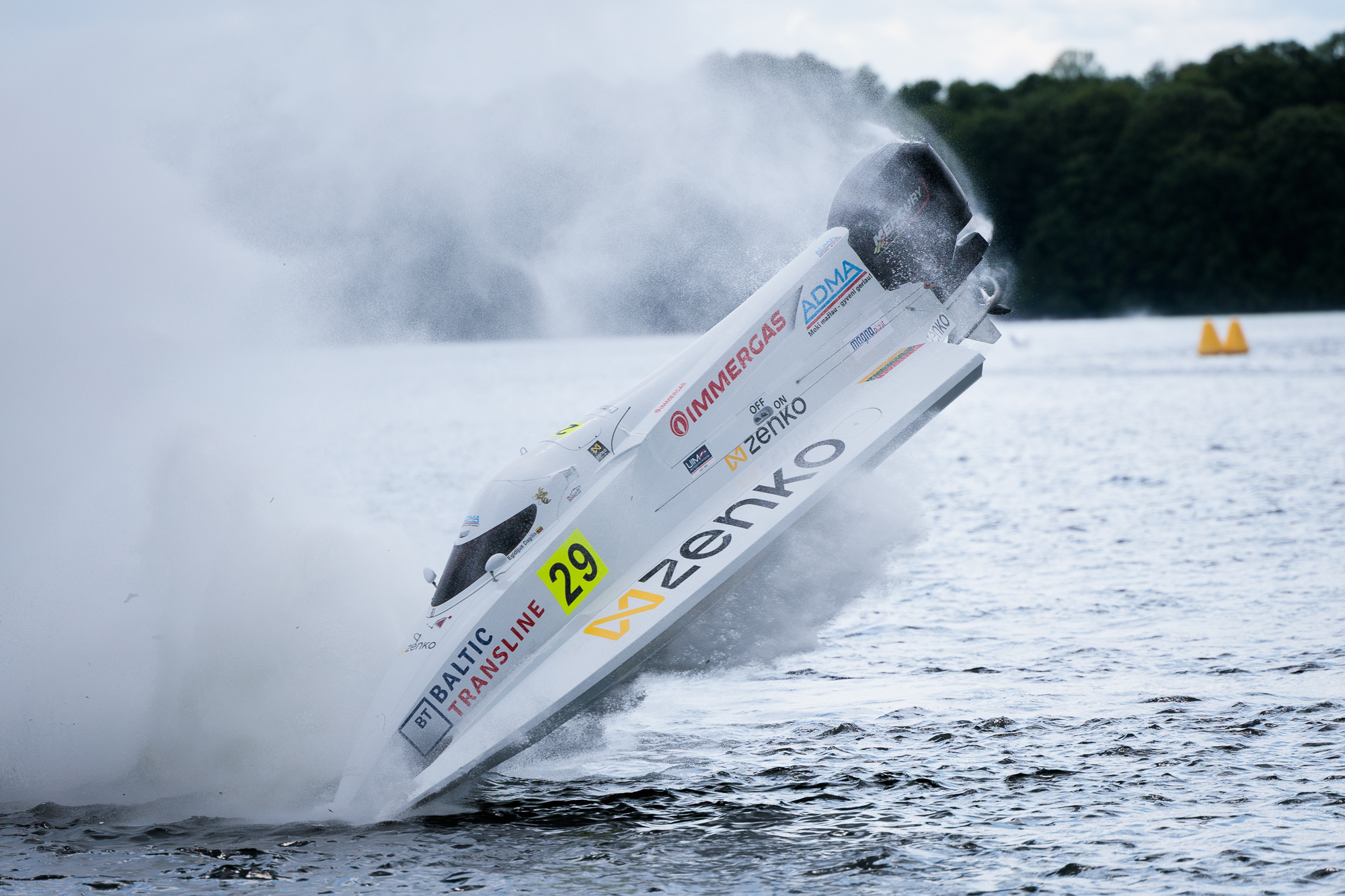Supercomputer revealed a strange spiral structure at the end of the solar system

Scientists have long believed that the very edge of the solar system has the ortho cloud – a huge but invisible swarm of ice objects that serves as a source of many comets. Although no one has yet observed it directly, NASA's new research suggests that this mysterious cloud can have an unusual shape with spiral spokes, making it resembling a miniature galaxy. These discoveries could help us better understand the origin and movement of comets in our cosmic neighborhood.
Mystery to this day
The exact shape of the ortho cloud and how it is influenced by forces outside our solar system have remained mysterious to this day. The researchers have now developed a new model suggesting that the internal structure of the ortho cloud can look like a spiral disc.
The ortho cloud was formed by the unused remains of the giant planets of the Solar System (Jupiter, Neptune, Uranus and Saturn) after their formation 4.6 billion years ago. Some of these debris are so large that they can be considered dwarf planets. When these planets began to circulate around the sun, their movements threw excess material much further than Pluto's orbit, where they live today.
The internal limit of the ortho cloud is located at a distance of 2,000 to 5,000 astronomical units (AU) from the sun, while its outer edge extends between 10,000 and 100,000 AU. By comparison, one AJ is about 150 million kilometers, which is the average distance between Earth and the Sun. Due to its size, even at the current speed of about 1.6 million kilometers a day, NASA's spacecraft, Voyager 1, will not reach the ortho cloud for another 300 years. And to leave it completely, it will take another 300,000 years.
This extreme distance means that the bodies in the cloud are too small and move too slowly to be directly recorded by even the most powerful telescopes. Most of our evidence of this comes from comets that periodically appear at long intervals, as well as snow and dust snowballs, ejected from the clouds in the orbit around the sun, due to gravitational perturbations.
Galactic tide
To better understand what the ortho cloud might look like, the researchers behind the new study used information from the orbits of the comet and gravitational forces in and out of our solar system to build a model of the ortho cloud structure.
One of the keys to understanding the shape of the ortho cloud is the « galactic tide » – the attractiveness created by the stars, the black holes and the center of our galaxy, which has a decisive impact on the objects in the ortho cloud, but is masked by our star's gravity. According to this model, the spokes of this inner cloud extend 15,000 AA than the end-to-end. To confirm this structure through observations, researchers will need to directly observe objects or choose the light reflected by all other background sources and in the foreground. Both of these tasks are incredibly difficult and have yet to get resources dedicated to them only.
Researchers believe that if we want to understand where the comets come from, how our solar system has evolved and what the continuous impact of the clouds on our part of the universe is, it may be a good idea to start researching this.







/s3/static.nrc.nl/images/gn4/data133306995-b21914.jpg)